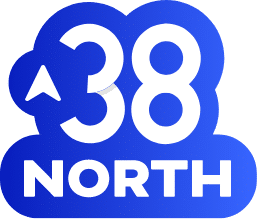Cloud Security Compliance
Keep Up With International Cloud Security Standards and Requirements
38North secures the cloud for global business.
Taking your business into the cloud and defending against modern threats requires an understanding of both the governmental and industry regulations that govern cloud data. As more governments and industries have their eye on cloud security, the web of crossing standards and regulations gets more tangled. And security teams can spend more than 15,000 hours each year just proving compliance¹.
Working with a globally-recognized cloud compliance advisor can remove the confusion and help bring clarity to your cloud.
1 Ponemon Institute and CyberGRX’s The Cost of Third-Party Cybersecurity Risk Management 2019






